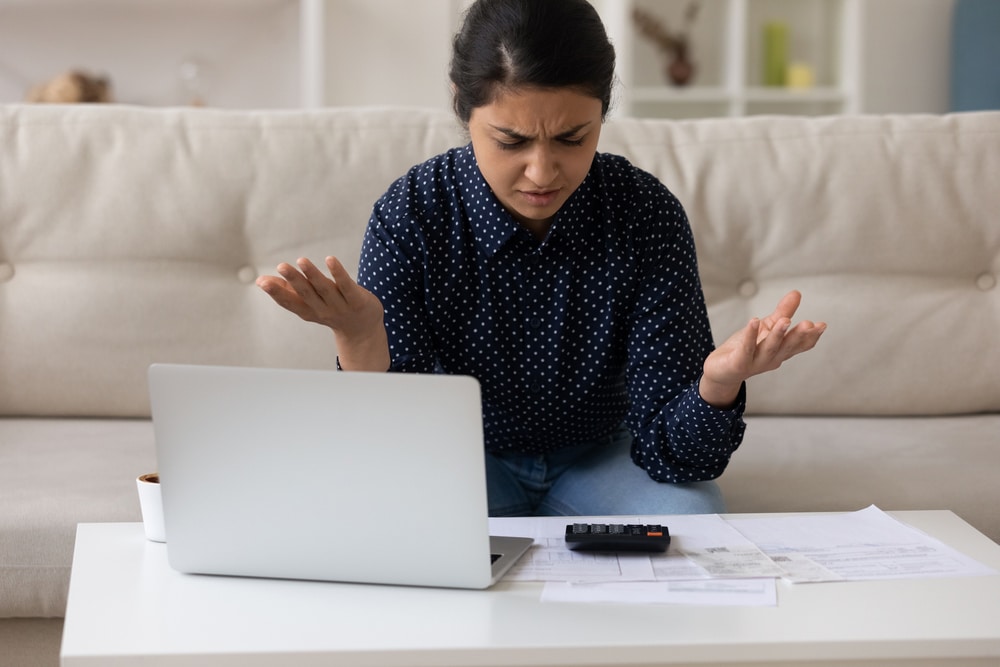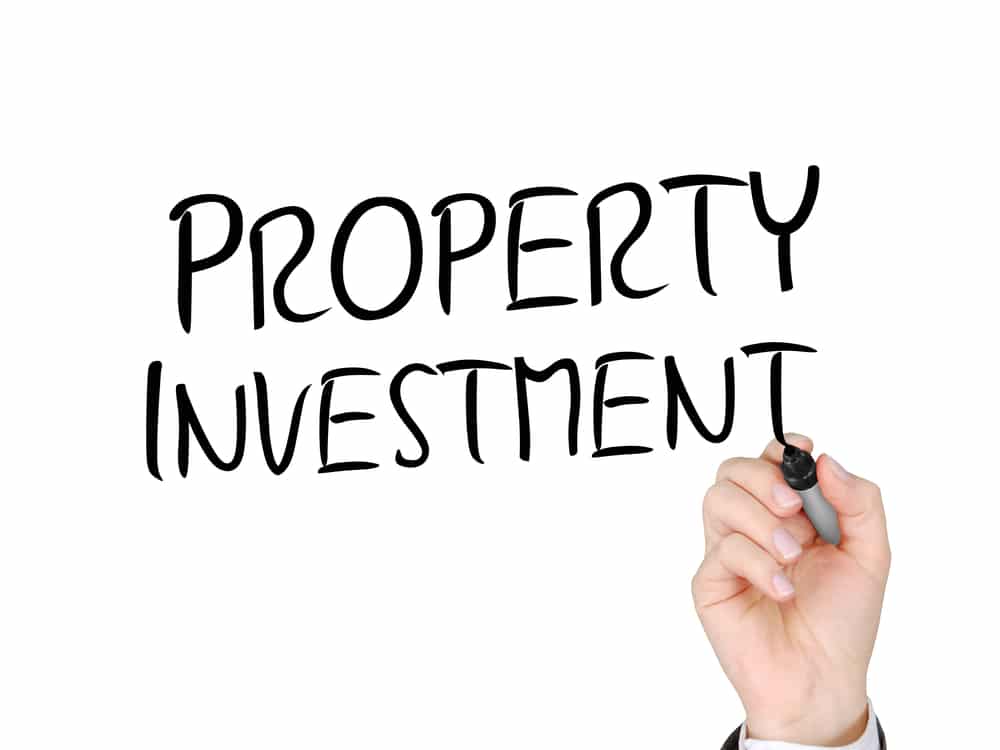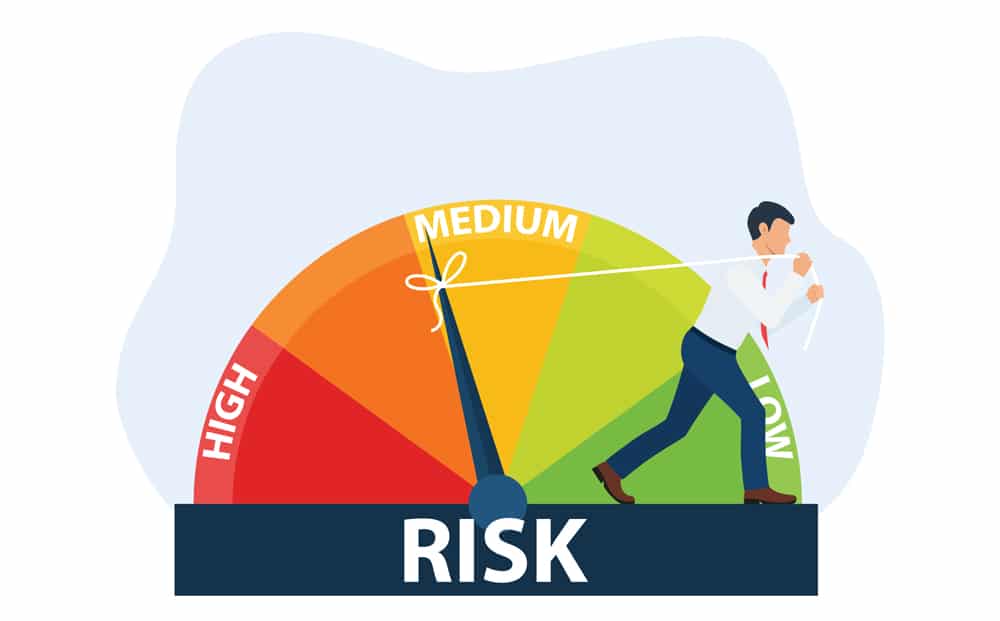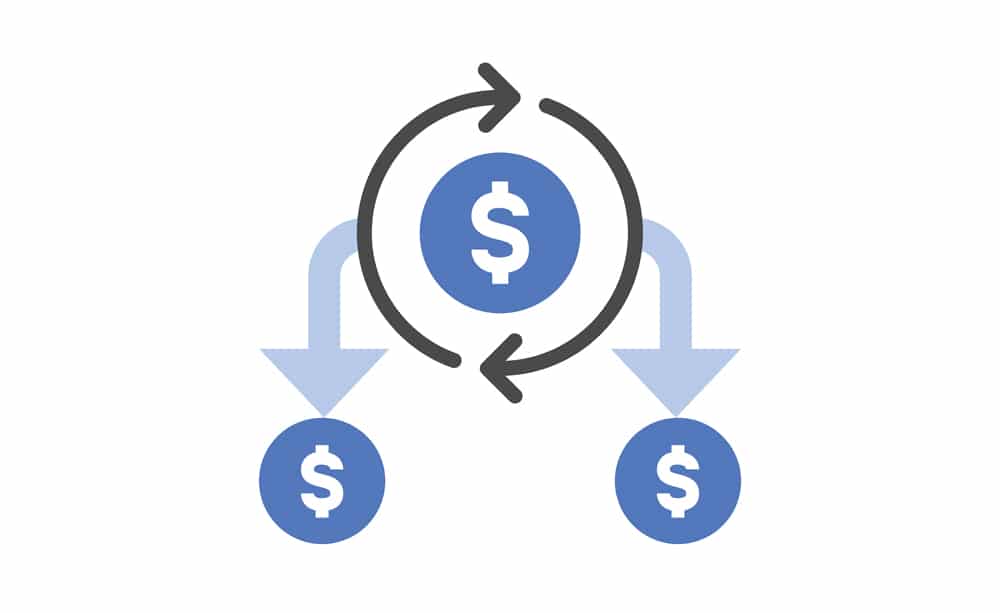
10 Property Investment Tax Mistakes To Avoid
Tax isn’t often one of those conversations that give investors the warm fuzzies, especially when we’re talking about the 10 property investment tax mistakes to avoid!
But it’s important that property investors reframe their thoughts around tax. Owning real estate can actually be incredibly tax effective – in fact some might say tax is a secret weapon for property investing.
You see, as investors there are a lot of things we can’t fully control – the market, interest rates, and yields to name a few. But one thing we can control? What we claim on our taxes.
HOW TO CLAIM INVESTMENT PROPERTY LOSSES ON TAXES
The ATO provides a tonne of information about the rental expenses you can claim and how.
Of course, if you really want to make sure you’re putting in place systems that shield you from the tax mistakes to avoid, then there are two major things you need – a depreciation schedule, and a complete record of your expenses.
Both documents will not only maximise your return at tax time but also make the entire process as efficient as possible.
Depreciation schedule
A depreciation schedule is the holy grail when it comes to tracking your deductions. It’s basically a document that lists out item-by-item every single thing in your property.
If you’re in an apartment or townhouse complex too, this can also include common areas that you have a share in like a BBQ area or a pool.
Take note though, this is not just something that your accountant can whip up or take a guess at. You need a professional business to organise a proper document for you. Don’t skimp on this because a) every cent counts, and b) the service is tax deductible anyway!
Records of every expense
One of the biggest tax mistakes to avoid is not having all of your paperwork together for the expenses you’ve incurred for the year. Every. Single. Expense.
The one investors miss out on the most is when they haven’t structured their loans properly and therefore don’t have the correct splits, redraws, information and accounts for money that they’ve been using out of their offset when it comes to expenses paid.
If you’ve used money out of your redraw facility to cover any property costs then you have to be able to show a receipt for it. The aim is to be able to claim that cash back again as soon as the financial year is over.
THE 10 PROPERTY INVESTMENT TAX MISTAKES TO AVOID
It’s unfortunate that so many property investors either leave thousands of dollars on the table that could have been used to grow their portfolios, or they make wrongful claims from a misunderstanding of tax deductions.
It’s no secret tax is tricky to navigate. So even though the Australian Taxation Office (ATO) has their own list of tax mistakes investors often make, we’ve compiled the most common ones that you need to know about.
1. You’re not claiming enough
You’d be surprised at just what the ATO allows you to claim.
Installed new smoke alarms or security systems lately? What about garbage bins?
Fixtures and fittings valued at less than $300 can be claimed within the first financial year. Others may be claimed over a number of years.
Just to give you an idea…
Under the plant and equipment depreciation category, there are more than 6,000 different
depreciable assets recognised by the ATO, including items like carpet, blinds, air conditioners, hot water systems, and ceiling fans. Each plant and equipment asset is assigned an individual effective life and depreciation rate.
2. You think your property is too old
Just because you have an older investment property it doesn’t necessarily mean there’s no depreciation in it left to claim.
Yes, your investment property must have been built after 1987 to claim capital credits for structural elements (e.g. ceilings, floors, walls, etc.), but it’s still possible to claim deductions for renovations completed after 1987, even if they were done by a prior owner.
If you’ve added new plant and equipment assets like stoves and carpets, then these are deductible and should definitely be claimed.
3. You miss deductions after renovations
Any items that have been scrapped after renovating, as well as the items that are replaced, can be deducted.
For example, if you discard tile and replace it with new tile or hardwood, the value of both the new and the old can be deducted.
4. You think that once a return is lodged it’s done
For property investors there’s a lot to consider when compiling your tax information so it doesn’t hurt to have another look once you’ve filed.
If you do look back and realise you forgot to claim something, don’t automatically think it’s too late to correct the mistake. The ATO allows you two years to submit an amendment on your tax return which starts from the day after your notice of assessment is sent to you, so this is definitely one of the easier tax mistakes to avoid.
5. You’re claiming the purchase cost of the land in a construction investment
Improvements to the land, including structural improvements are deductible but not the cost of the land purchase itself.
6. You’re claiming false costs
If you’re the kind of landlord who has the skills or know-how to DIY certain jobs, then it’s fair enough that you’ll probably undertake some of the maintenance or installation jobs yourself relating to your investment property.
While it’s beneficial that you can save a lot of money this way, the fact is that your time and effort are not allowable deductions because you didn’t actually incur a cost.
So, while the materials you purchased to complete the job are tax deductible, your physical labour is not.
7. You’re trying to claim personal interest
In terms of tax mistakes to avoid, this one’s a biggie.
If you’ve taken out a home loan to buy both an investment property and a new car, you’re not allowed to claim a deduction for interest paid on the personal part of the loan i.e. the part that covers the car.
This loan structure is actually a big red flag for the ATO when auditing, which is why we always suggest keeping your investment property loans separate from your personal ones.
8. You’re trying to claim extra travel expenses
While you might be able to claim travel costs while visiting your investment property, it’s not possible to claim that travel in connection with a personal vacation.
In other words, only the costs incurred that are directly related to visiting your investment property are deductible.
9. You’re doing the dodgy when allocating rental expenses
If you have a part-time rental (e.g. a holiday home that you also use yourself) you cannot
claim deductions for the proportion of expenses that relate to your private use. You also can’t claim times if it was not genuinely available for rent, such as when used or reserved for friends or family.
If your holiday home is rented out to family, relatives or friends below market rates, your deductions for that period are limited to the amount of rent received.
10. You’re struggling with tax return preparation
Understanding tax structure can be complex. There are so many possible deductions (and a lot of tax mistakes to avoid) especially for property investors.
You shouldn’t miss out on potential gains that can be used elsewhere towards building your wealth just because you don’t have a mind full of knowledge on tax exemptions and the law.
That’s why you need to work with a tax professional who is ideally a property investor themselves, and well-versed in the regulations surrounding real estate investments so that you can be sure you’re claiming everything you’re entitled to.
YOU’VE CLAIMED ALL YOUR TAX BACK…NOW WHAT?
Congratulations, you avoided those tax mistakes and now have some money back in your pocket to spend as you please!
Well, I wouldn’t take that a sign to pat yourself on the back for all your hard work and start buying things unnecessarily. In fact, if you’re a smart real estate investor, you’ll learn how to use that tax to actually pay for your properties.
The other option is to use it to reduce the amount left on your loan – but I don’t just mean using it to make an extra payment.
No, put it in your offset account and reduce your interest payable. Think about it, if you get $5,000 back every year in tax, after 10 years your offset account has built up to $50,000!
Not only is that significantly less interest you’ve been paying, but when you’re ready you can then use that amount to either get more capital in the market or renovate one of your existing assets to create more value.
THE RIGHT TEAM KNOWS THE TAX MISTAKES TO AVOID
A list of 10 property investment tax mistakes to avoid is all well and good but we all know how hard it can be to stay on top of all the facets of property investing, particularly in those early stages.
The best way to make tax time seamless is by having the right team to work with you. If you’re new to property investing and haven’t found that support system yet, the best place to start is at one of our free real estate investing seminars.
Come along for this high value two-hour event, ask questions to our experts and get to know key people in the industry that can help you streamline your investing strategy so that your money works better for you.
Recent Articles
How Lenders Assess Valuation Risk Factors When Financing
Ever thought you’d picked an absolute winner of a property only for the bank to come back with a list of valuation risk factors? It’s more common than you think, particularly in a rising market where values fluctuate so much that our ideas of what a property is worth actually start to disconnect from what a valuer sees.
Tips For Buying An Investment Property
Have you decided to take the property investment journey but are feeling clueless as to how to actually board the train? We’re going to give you our top five tips for buying an investment property in 2022 to help point you in the right direction!
Is Property Investment a Good Investment Asset for You?
Why is property investment a good investment? Why not invest in shares or bonds instead? Which investment is the most secure? If you’ve come to a crossroads in your life where you’re ready to start building your wealth but questions like these are bouncing around your head, then it’s time to sit down and start your education on investing.
Buying an Investment Property Before a First Home in Australia?
Owning property has always been part of the great Australian dream. A lot of people want a place to call their own, with stone benchtops, the latest appliances and a great entertaining deck out back. So, when interest rates hit a record low in the last couple of years and it suddenly started to cost the same to own as it does to rent, why wouldn’t you have just bit the bullet and bought your own home?
The Ins and Outs of Real Estate Risk Management
If you’re new to property investing, what is your risk profile and how do you plan to handle it? Real estate risk management is essential to quashing those all-encompassing fears that can follow investing…
Positive Cash Flow Property – Ultimate Guide 2023
If you want to become a superstar property investor and be on the path to financial freedom, then you’re going to need this guide to investing in positive cash flow properties! Investors that follow a positive cash flow strategy understand that living off passive income is the key to an early retirement – and the only way to do that is to make our money work for us, not against us.
House Vs Apartment Investment – Which Is Better?
These days property comes in all shapes and sizes, giving property investors more options than ever before. The question on everyone’s lips when it comes to the house vs apartment investment equation, is how do you truly know which is better?
The All Monies Mortgage Clause – What You Need To Know!
This article is about the all monies mortgage clause and how it can potentially affect your property investment. When you signed your bank loan agreement to secure funds for a mortgage, did your contract contain an all monies mortgage clause?
How You Can Be 3-7 Years Away From A Multi-Million Dollar Property Portfolio
Using real estate to become a successful property investor is underpinned by one very important philosophy – profits are better than wages. The goal of property investors in the market is to target optimistic returns. However, this does beg the question – if property investing is such a smart and lucrative profit making machine then why don’t more people do it?












